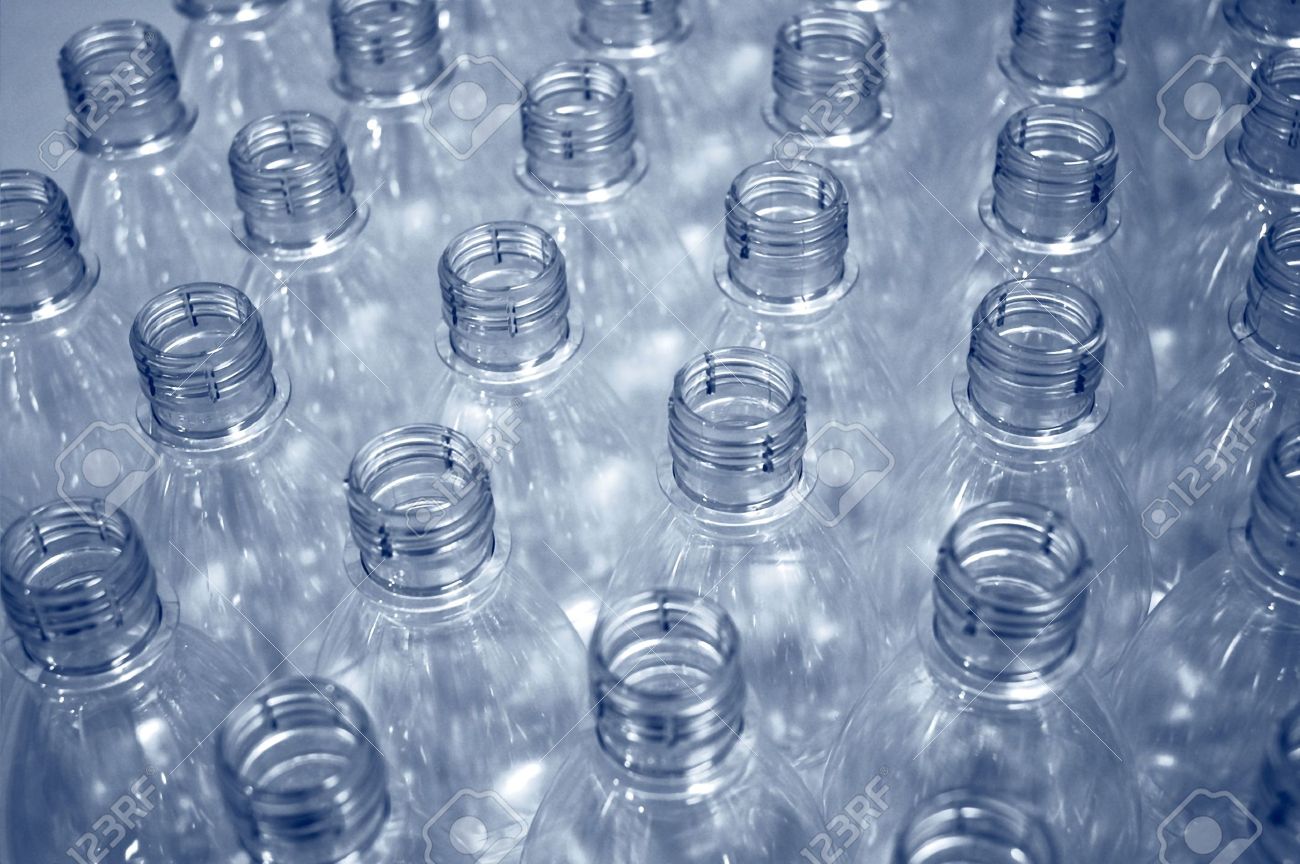
Like this one: Researchers at the Massachusetts Institute of Technology (MIT) just discovered that, even at high temperatures, water freezes solid when it is placed into tiny tubes.
That discovery was a complete surprise to a team of chemical engineers that was led by Prof. Michael Strano, who was attempting to send electric currents through water in small nanotubes. (RELATED: See more science news at Scientific.news)
“We noticed unexpected changes in some measurements and discovered that the changes resulted from heating,” said graduate student Lee Drahushuk, who co-authored a paper that laid out the details of the discovery.
“From there, we varied temperature systematically and realized the changes were an effect of a phase transition between liquid and solid water inside the nanotube,” he told Digital Trends.
Distorting water's phase behavior with small nanotubes
Researchers then decided to analyze the water’s behavior even further, but were surprised by just how strange that behavior was. At a temperature well beyond the usual boiling point for water – at least 105° Celsius (221 degrees F) – the water in the nanotubes had frozen solid. Indeed, the direction of the phase transition and the degree was far more than anyone had anticipated.
“If you confine a fluid to a nanocavity, you can actually distort its phase behavior,” Strano said, in reference to when and how substances change between solid, liquid and gas phases.
According to a press release from MIT, those effects were anticipated, but the enormity of the change and the direction it took (raising rather than lowering the freezing point) were not expected at all.
In one test conducted by the research team, the water solidified at the 105° C mark, though the exact temperature is difficult to determine; 105° C was considered to be the minimum value in the test, while the actual temperature could have been as high as 151° C.
The researchers said that they found water’s changes inside the tiny, straw-like structures depended very much on the exact diameter of the tubes. Strano said that those used during the testing were “the smallest pipes you could think of.” According to the press release, the nanotubes were left open at both ends, and there were reservoirs of water at each opening.
Even the fractional difference between nanotubes 1.05 nanometers and 1.06 nanometers exhibited differences of tens of degrees in the freeze point, the team found. These extreme differences were also a complete surprise.
“All bets are off when you get really small,” Strano said. “It’s really an unexplored space.”
It is a surprising discovery that water even flows into the minuscule tubes in the first place, said Strano. Carbon nanotubes are believed to be hydrophobic – that they repel water – so water molecules should have a difficult time entering the passageway. That they do, after all, remains a mystery the team could not solve.
'Not necessarily ice but ice-like'
Strano and his research team used very sensitive imaging systems to conduct their tests with a technique known as vibrational spectroscopy, that allowed the scientists to track the water’s movement inside the nanotubes, thereby making that behavior subject to detailed measurement for the very first time.
The team was not only able to detect water’s presence inside the tube, but also the phase it was in.
“We can tell if it's vapor or liquid, and we can tell if it’s in a stiff phase,” Strano said. And though the water most definitely enters a solid phase, the team has refrained from calling it “ice,” because that is a term implying a particular crystalline structure, which has not yet been conclusively demonstrated.
“It’s not necessarily ice, but it’s an ice-like phase,” said Strano.
The team's discovery was described in a paper published this week in the journal Nature Nanotechnology, reported Digital Trends.
Sources:
Please contact us for more information.























